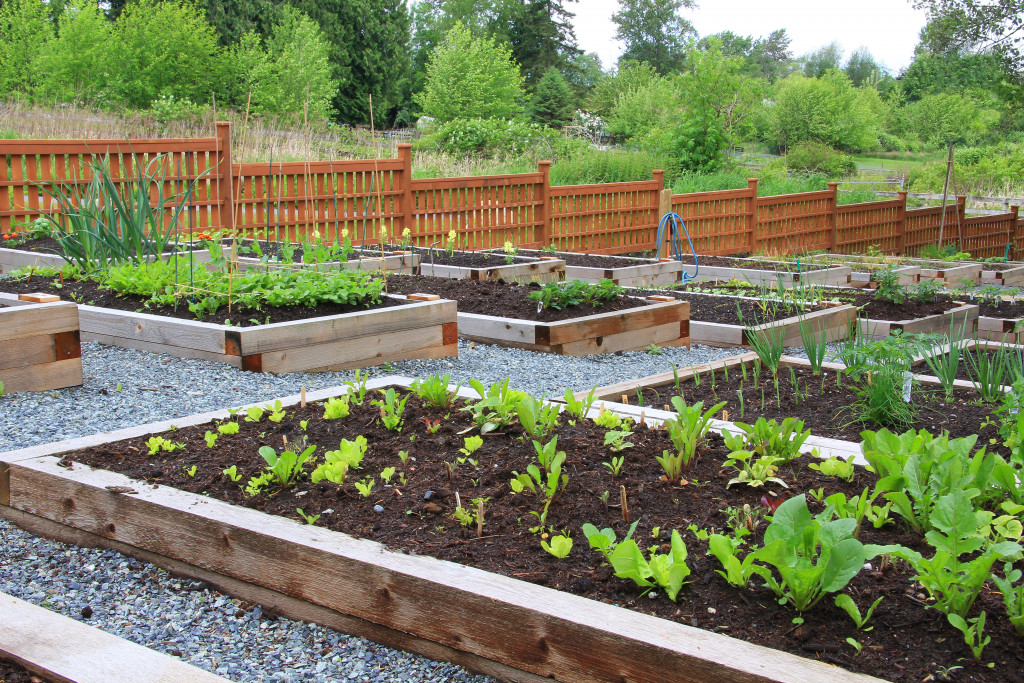School vegetable gardens are a fantastic project that can help teach students about responsibility, health, teamwork, and let them experience the concept of gardening and a sustainable community first-hand. If you’re a teacher, principal, administrator, or parent and have considered building a school garden, now’s the time to do it.
To help you begin your gardening program at school, here are practical tips to consider before you start growing.
Search for Appropriate Spaces
Before anything else, it’s best to assess areas around the school suitable for a vegetable garden. You’ll want to consider the climate, which vegetables respond well to a community-type garden, how accessible water is, and the tool storage. Additionally, when choosing a plot of land, remember that it’s going up on school grounds, meaning there’s plenty of foot traffic in the facility. That’s why it’s wise to pick an area separate from where the students go for outdoor activities or sports.
Once you’ve chosen an appropriate site, start filling up the paperwork for your school’s application for garden project approval. Once approved, you and the committee can begin clearing out the area.
Most schools hire professional deep cleaning services to make cleaning indoor and outdoor areas faster and safer for everyone. If you choose to convert an old school building or a barn or a shed and use it as part of the garden, it will need to be refurbished and cleaned thoroughly before students are allowed to come in and work there.
Find Resources and Build Partnerships
After choosing the plot of land for your school’s vegetable garden, it’s time for you to secure resources, funding, and partnerships. You can get all of these by allowing the local community and other organizations to donate or volunteer to help through a Facebook page dedicated to the project or the school’s official website. Another classic way you can get the funds is by having school talent shows and charging entrance fees or selling baked goods.
Finally, you can also secure funds and resources by obtaining sponsorship from local businesses, in exchange for recognition as a sponsor.
Decide What to Plant

When everything’s settled, you’ll now need to decide what vegetables to plant. It’s best to understand your region’s growing zone to see which vegetables favor your surrounding environment to achieve fruitful results. You can do this by searching your local Department of Agriculture’s Plant Hardiness Zone map to see which vegetables grow best in your local climate. After you’ve pinpointed the best plants to develop, enlist the students’ feedback to see which ones they’re most excited to grow the most.
Remember to start small when planning the first planting as you don’t want to overwhelm students and volunteers with challenging high-maintenance needs.
Build and Use the Garden
Encourage the school community to participate in building and planting the vegetable garden. Let everyone get their hands in the soil to instill pride, ownership, and responsibility among the students. It’s also wise to use the vegetable garden for the student’s food source, allowing them to eat healthier and happier knowing they took part in growing the food.
Tie the Activity Into Academics to Get More Support
Expand a school garden’s benefits more by applying class credit to some time students spend tending to the vegetable garden. Doing this ensures the plants stay healthy and growing and allows students to learn and experience the importance of the environment, teamwork, gardening, responsibility, and hard work first-hand.
Sprouting up a vegetable school garden offers food that improves a student’s diet and nutrition, more learning areas, a fun recreational space, and a continuing lesson in environmental stewardship. Take the time to build a school gardening committee and help your school become more vibrant, healthy, and fun for everyone.


